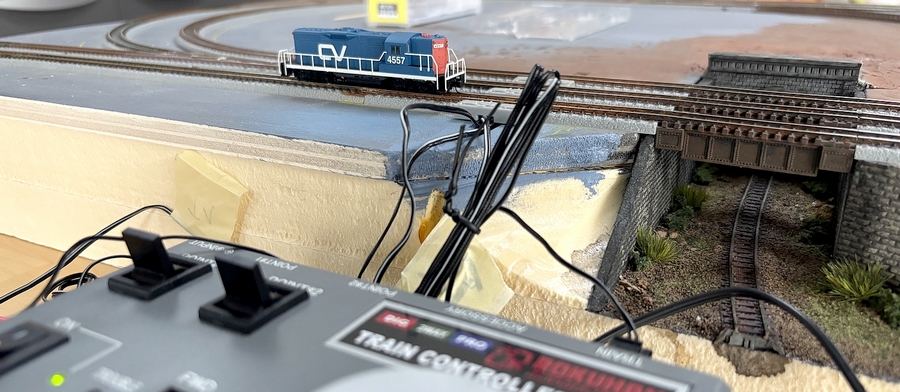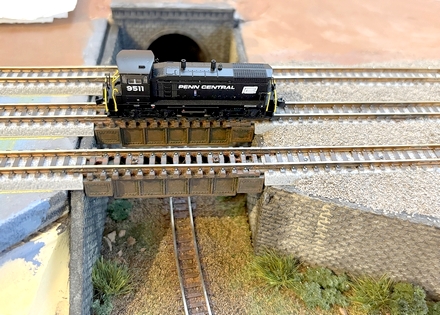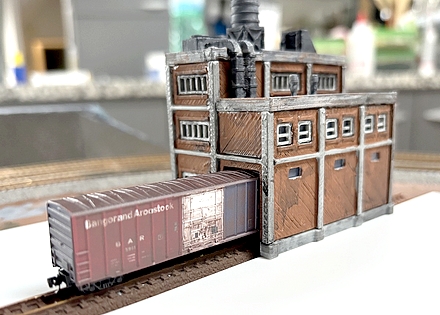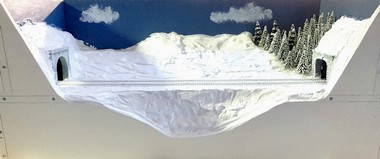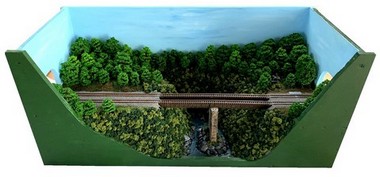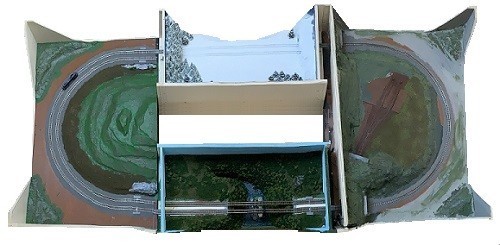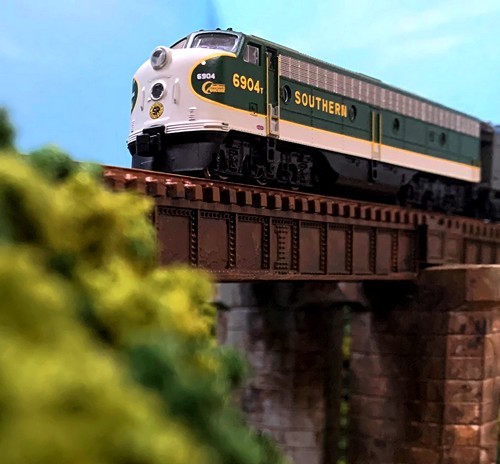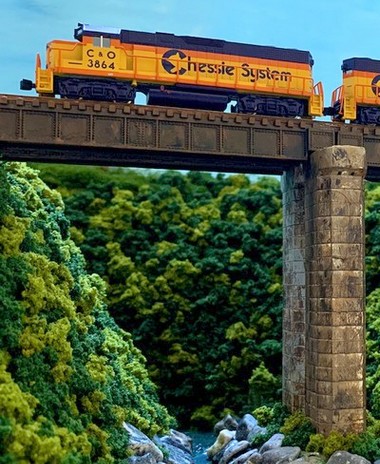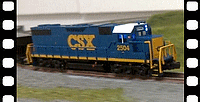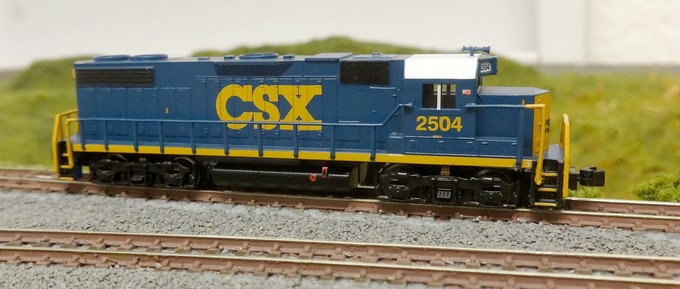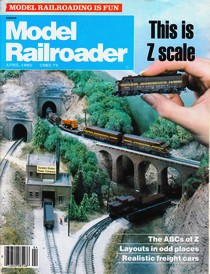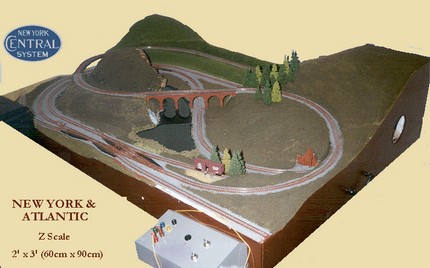|
| |
2018
- 2023
|
| |
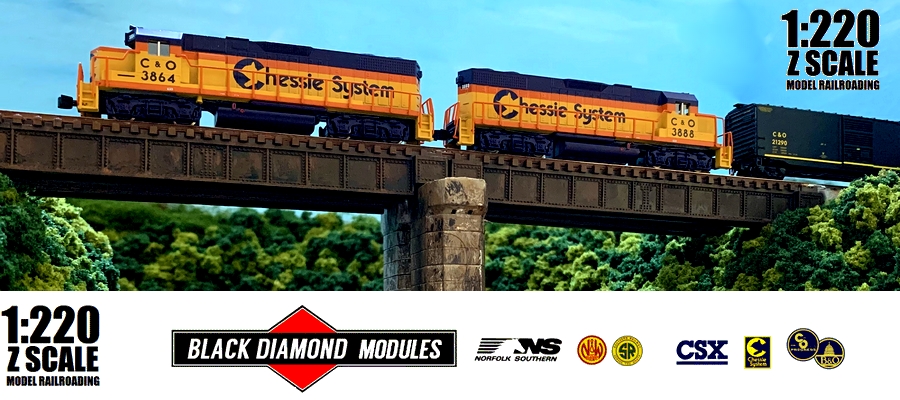 |
| |
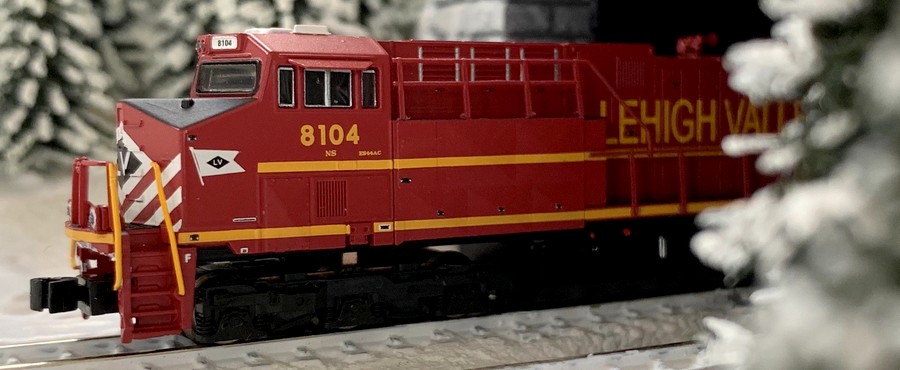 |
| |
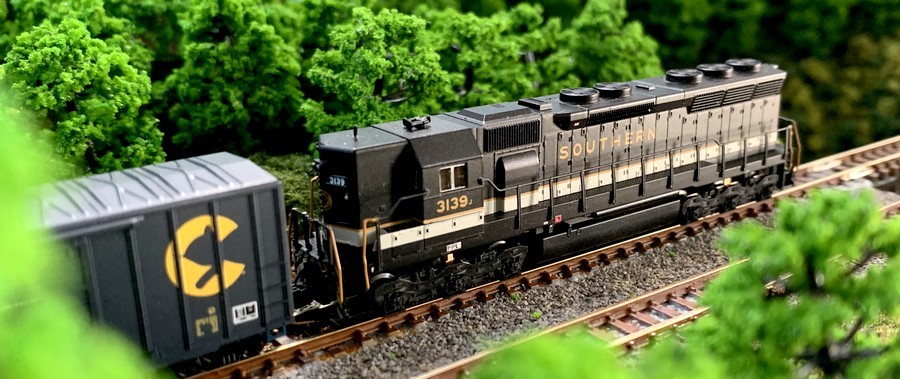 |
| |
|
| |
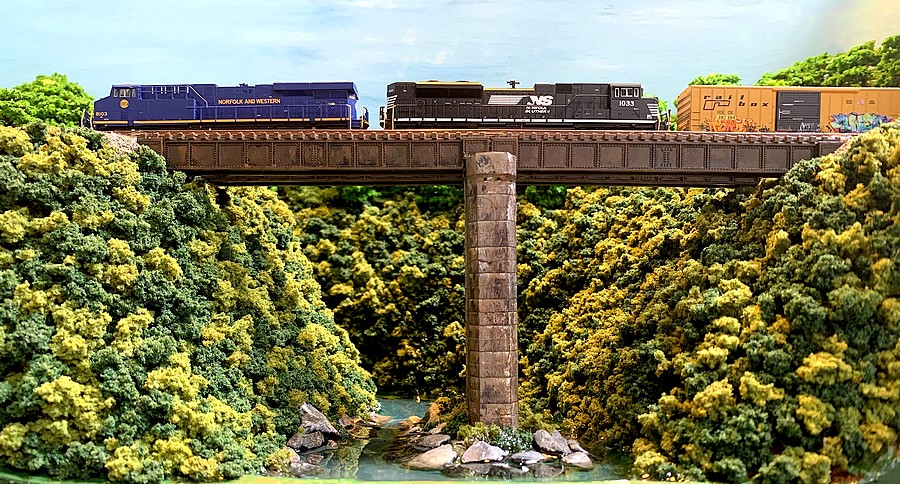 |
| |
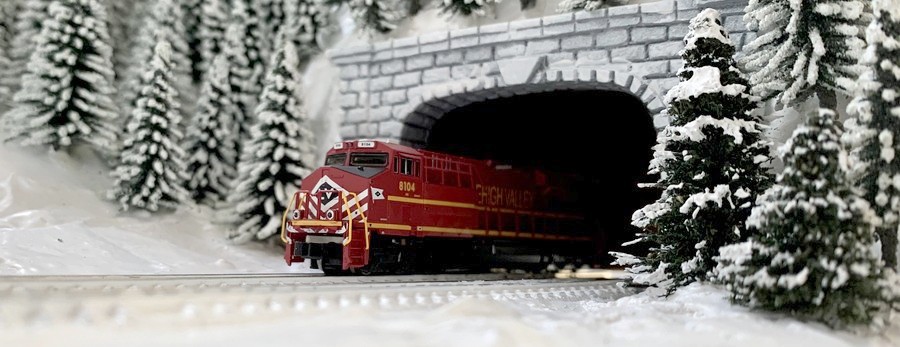 |
| |
|
| |
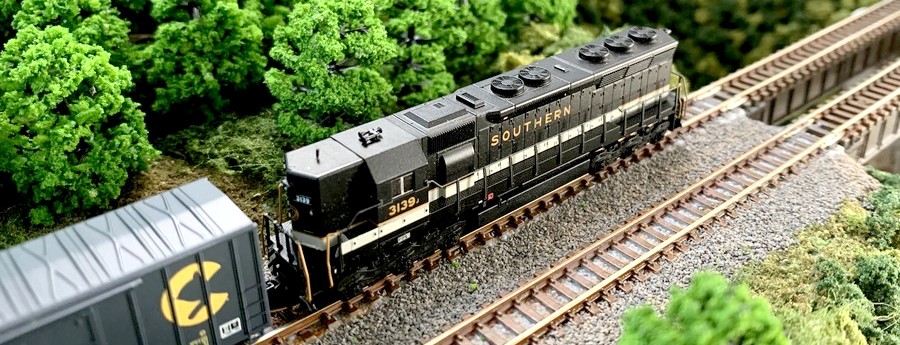 |
| |
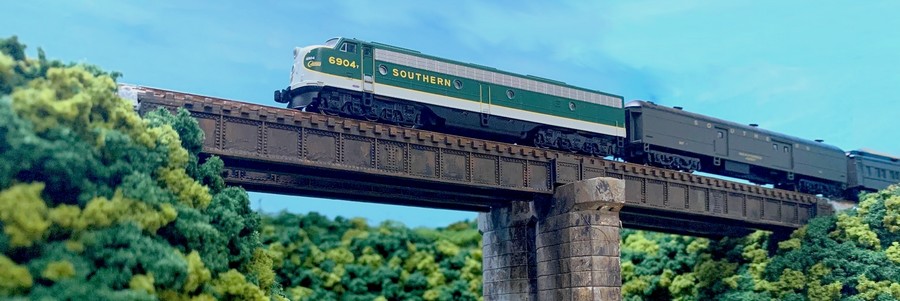 |
| |
 |
| |
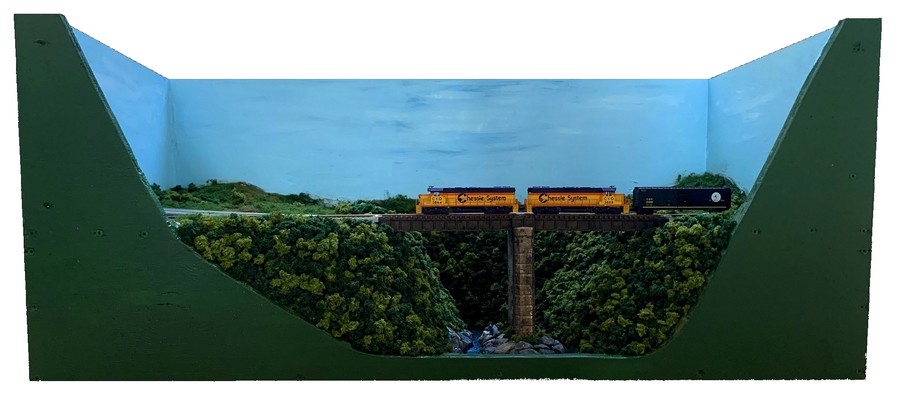 |
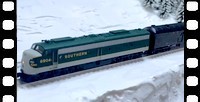 |
|
The two 180° corner modules
never made it past the stages of tracklaying and
basic scenery; they turned out to be rather
chunky and very storage-space hungry, so with a
new layout project on the horizon they were both
disposed of in 2023. The two straight modules
were fun to build and watch trains run through,
and provided great backdrops for some
photography; they were both dismantled in 2025. |
|
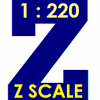 |
|
| |
|
| |
2015 - 2016
|
| |
 |
| |
| In 2015/16
I built a 20"x40" (50cm x 100cm)
"dogbone" end connecting to the small
2014 module. In functional terms it was one of
two 180° loops required to turn a string of
straight modules into a continuous run layout. In
structural terms, it was a minimum size layout
with two unconnected levels of track; the upper
level providing continuous running in a figure
eight folded back onto itself, and the lower
level mostly hidden from view making up the 180°
return loop.
|
|
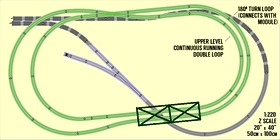 |
|
| |
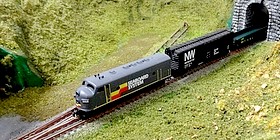 |
|
As
a train runs onto the lower level track
from a connecting module it turns away
from the parallel double track alignment
and runs out of a tunnel. Passing a disused and
overgrown former team track siding the
train glides underneath a truss iron
bridge and then leans into a curve which
takes it into another tunnel, from which
point the track turns back to join the
incoming track in parallel.
This allows a
train to run back out onto the module
from which it entered the loop - or vice
versa in the other direction.
|
|
|
| |
 |
| |
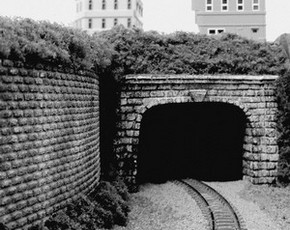 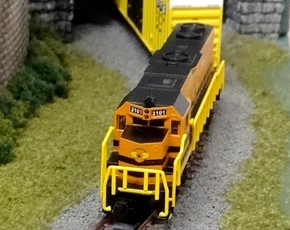 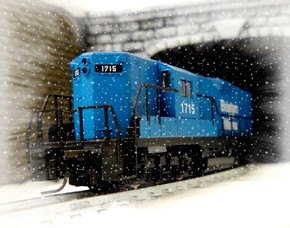
|
| |
 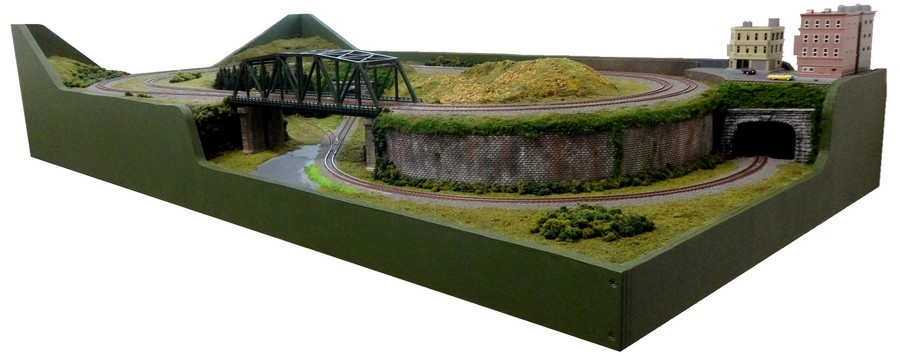
|
| |
| The upper
level track appears as a stretch of double track on one
side and as two single track lines on the other. Being a
folded figure eight the train completes a lap on one loop
before crossing over onto the other loop. In order to
make this - by no means ultra exciting - track
arrangement a little more visually interesting, no track
ever runs in parallel to the edge of the layout but is
always slightly angled. |
| |
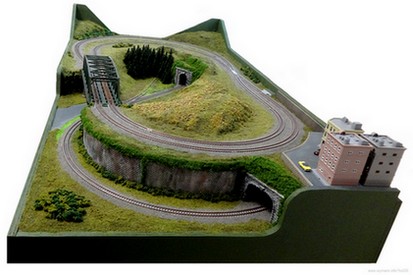 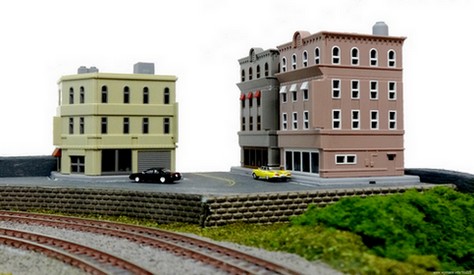
|
| |
 |
| |
 |
| |
 |
| |
|
| |
 |
| |
| The module was fun to build and
the upper level provided some relaxing continuous run
trainwatching; however, the size of its footprint proved
prohibitive for a second 180°
return loop module to be built. The modular
dogbone concept was abandoned, and the layout put into
storage. |
| |
|
| |
| A few days of watching
CSX trains roll through Wildwood in Central Florida changed my
perspective on what a Z Scale layout could look
like. I started to think more in linear terms -
not unlike what Wildwood yard looked to the
trackside observer. The logical equivalent in
modelling terms was a modular approach, and in 2014
I built a small "proof of concept" module.
Imagined
as fitting into a dogbone layout shaped with
180° turn-around ends, it proved the modular
concept was workable - but since the end modules
never got built, it essentially remained a
singular prototype and was dismantled in 2025.
|
|
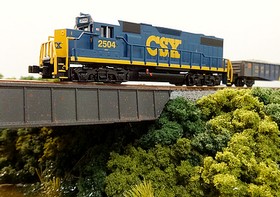 |
|
| |
 |
| |
|
| |
| Since the micro layout concept
didn't really work, I switched to a more conventional 2ft
x 4ft (60cm x 120cm) layout
approach in 2013. It was a fun build and
worked well, but it reminded me of why I had delved into
the realm of the micro layout in the first place - I
quite simply did not have the room for a permanent layout
built on a large solid base. Before the layout received
any scenery it was dismantled, the track saved, and the
rest disposed of. |
| |
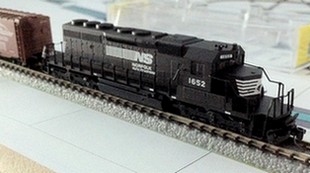 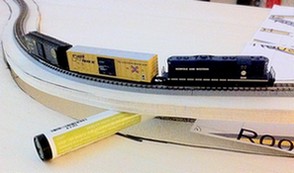 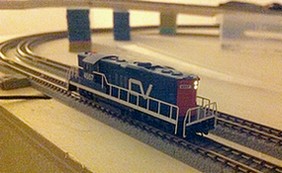
|
| |
|
| |
| My
dormant interest in Z Scale was awakened in a flash when I came across David K. Smith's Z Scale James River
Branch layout and
website whilst idly browsing the web in late 2011, and
then completely kick-started in the early days of 2012
when I learned about the existence of Rokuhan track and
the several different locomotives available from
Micro-Trains and AZL. The James
River Branch layout put me in a micro layout state of mind, but several attempts influenced by the
very tight curve radii available from Rokuhan produced
layout concepts that looked enticing on paper or
on screen but
in reality hit one or more roadblocks early into the
construction phase. Nevertheless, the interest in North
American Z scale was back and kicking. |
| |
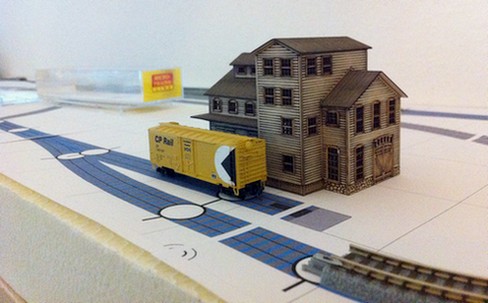 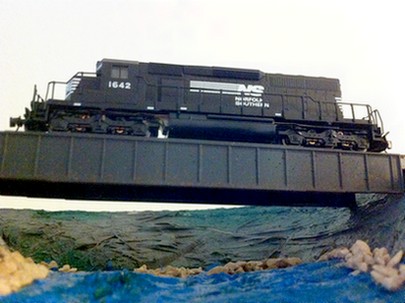 |
| |
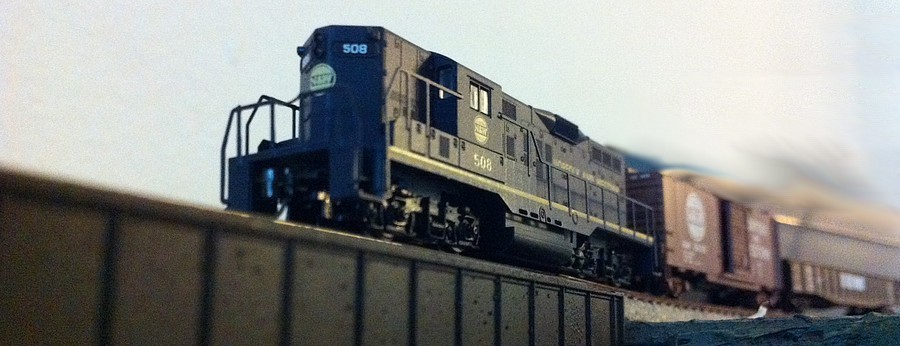 |
| |
|
| |
| In the early 2000s, following a
hiatus of several years, I got back into Z Scale by way
of Märklin's rather exquisite range of Swiss models, and
moved from a classic micro layout to modular concepts.
Ultimately, though, nothing really made it past the
initial construction stages, and none of it survives
today. |
| |
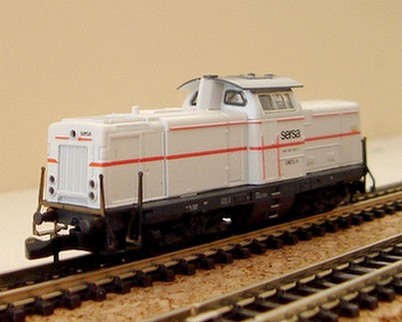 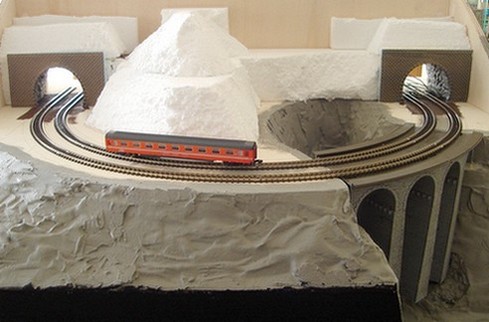
|
2008
|
| |
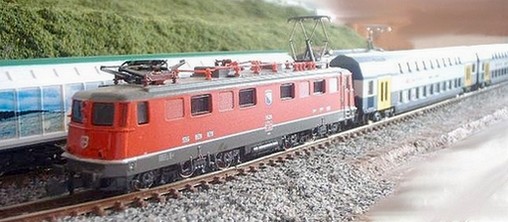 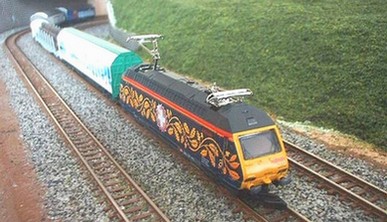 |
2004
|
| |
|
| |
| My first actual Z Scale layout,
built in 1991, was a straightforward
clone of Model Railroader's 1985 Z Scale project
layout, the Pennsylvania & Pacific. |
| |
|
| |
| Whilst I stuck to the track plan,
I left out the scenic divider running down the middle of
the layout.
And as I had since acquired a Micro-Trains F7 in New York
Central lightning stripes, I named the layout "New
York & Atlantic". It was fun to build, but the
detail scenery never happened, and the layout no longer
exists. |
| |
|
| |
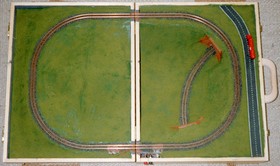 |
|
I
got into Z Scale quite by accident in 1990.
A toy store was dropping the range and
had their inventory priced to sell, at
less than half price. I knew about Z
Scale, and found Märklin's US models
quite attractive - but also rather
pricey. I also had no intention of moving
into a different modelling scale. But
seeing that Amtrak F7 and a complete rake
of coaches at a very reasonable price, I
couldn't resist. Having no idea what to
really do with these tiny models, I came
up with what seemed to be the go to
approach: build a small "layout in a
briefcase" in order to see the
models actually run. So I put down a
circle of track in a repurposed (wooden)
briefcase. The fun derived from this
"novelty layout" wore off very
quickly, and the layout no longer exists
- but I had been bitten by the Z Scale
bug.
|
|
|
| |
|
| |
   

|
| |
 |
| |
page created 8 December 2023
page updated 3 October 2025
|


